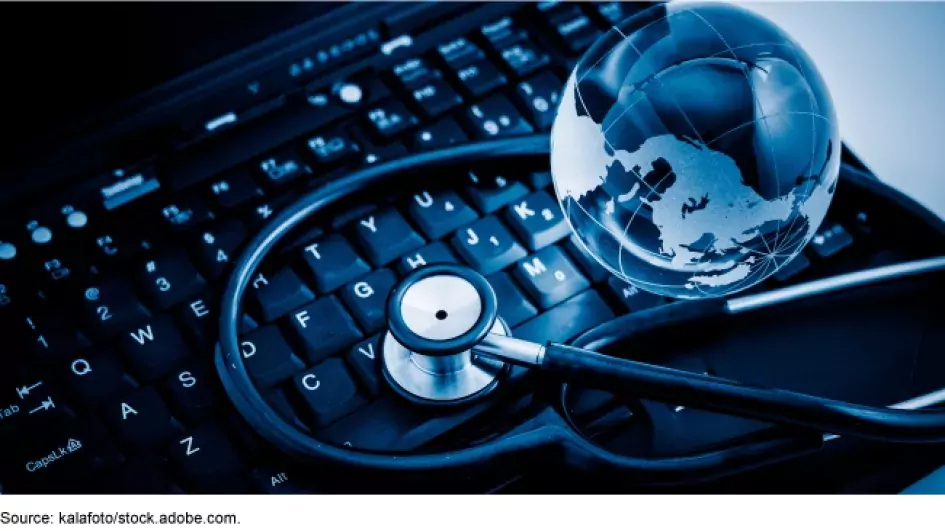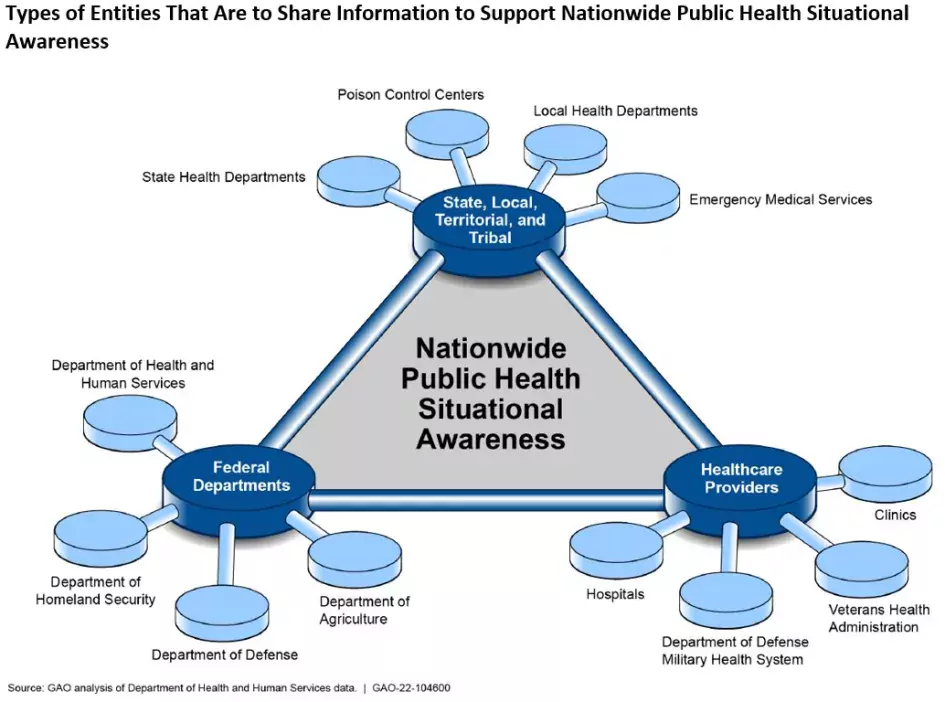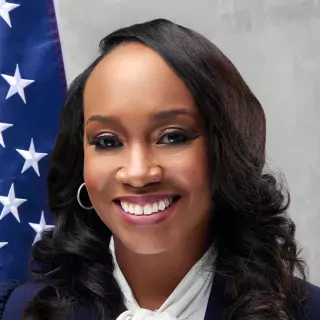Monkeypox and COVID-19 highlight need for real-time public health information
Having real-time information on things like positive case numbers and resources could help prevent the spread of diseases like COVID-19 and Monkeypox, potentially saving lives.
More than 15 years ago, the Department of Health and Human Services (HHS) was directed by Congress through law to create a network that would provide this information. However, one still doesn’t exist.
Today’s WatchBlog post looks at our latest report on why HHS hasn’t developed a public health information network yet, and what efforts it has underway to build one.
You can also learn more by listening to our podcast with GAO’s Jennifer Franks.
Image

What was the network intended to provide?
The network, mandated by multiple federal laws, was meant to facilitate early detection of and rapid response to potentially catastrophic infectious disease outbreaks, such as COVID-19.
For example, it would be able to provide the numbers of new disease cases and the availability of vaccines in near real-time. Having this information could directly impact our nation’s preparedness for public health emergencies and potentially save lives.
The network was also meant to include data from a variety of entities such as federal agencies, state and local public health entities, laboratories, pharmacies, and systems that monitor diseases spread between animals and people.
Image

The law required HHS to build the network on existing or new state systems, which would have enabled information to easily and rapidly be shared electronically.
What progress has HHS made on the network?
HHS has made minimal progress on developing a network.
For example, HHS began to draft a plan for how to implement the network, but more actions are needed. We recommended 12 such actions HHS should take right way.
To make progress developing the network, HHS needs to assign roles and responsibilities for the entity responsible for implementing it. In addition, HHS needs to share the lessons learned from COVID-19 with states, territories, and local public health officials.
HHS officials told us they are currently working to define roles and responsibilities for implementing the network and sharing the lessons they have learned from COVID-19.
Congress is considering additional actions
Congress continues to emphasize the need for improvements in public health situational awareness and is considering requiring additional steps to make progress in implementing vital capabilities, such as the establishment of a new agency that would oversee the development of the network. We will continue to monitor the actions Congress and federal agencies are taking to improve the nation’s response to public health emergencies.
To find out more about HHS's efforts to implement the network, check out our report.
- Comments on GAO’s WatchBlog? Contact blog@gao.gov.
GAO Contacts
Related Products

GAO's mission is to provide Congress with fact-based, nonpartisan information that can help improve federal government performance and ensure accountability for the benefit of the American people. GAO launched its WatchBlog in January, 2014, as part of its continuing effort to reach its audiences—Congress and the American people—where they are currently looking for information.
The blog format allows GAO to provide a little more context about its work than it can offer on its other social media platforms. Posts will tie GAO work to current events and the news; show how GAO’s work is affecting agencies or legislation; highlight reports, testimonies, and issue areas where GAO does work; and provide information about GAO itself, among other things.
Please send any feedback on GAO's WatchBlog to blog@gao.gov.




